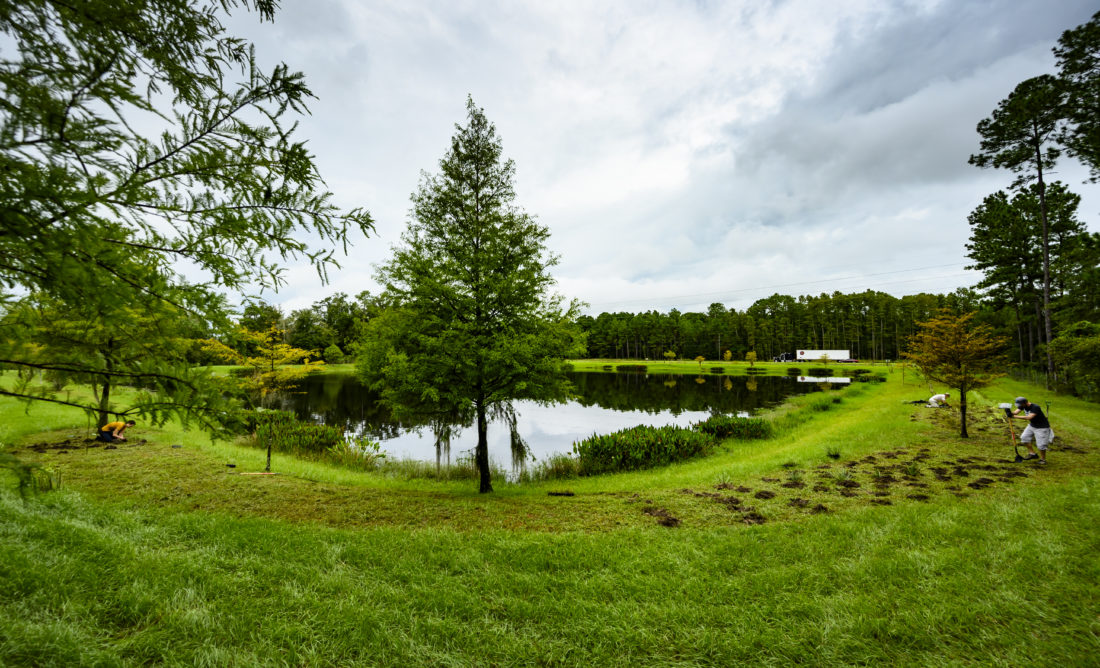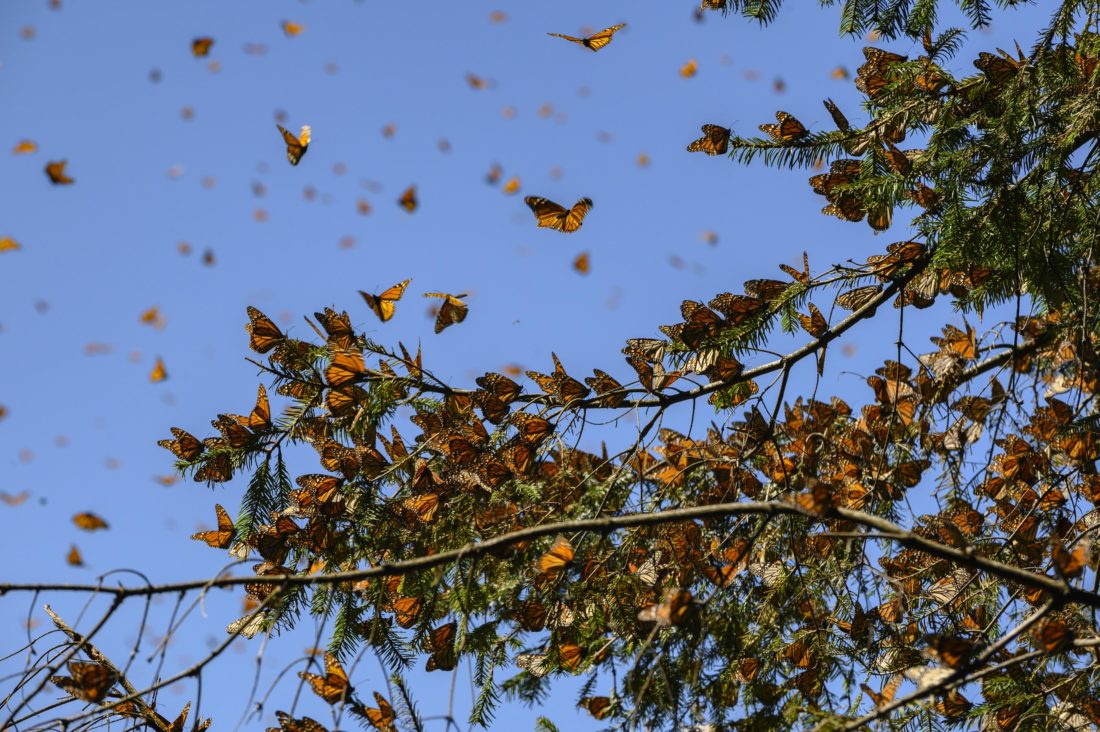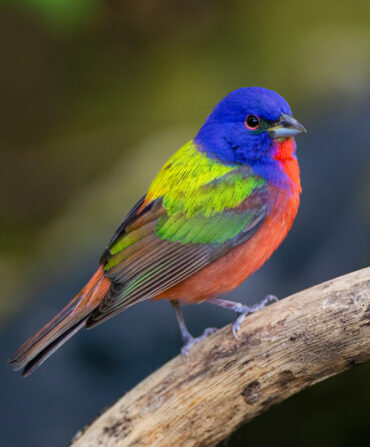“The fall migration of the monarch is one of the most iconic displays of any insect in the world,” says Dr. Jaret Daniels, curator of the McGuire Center for Lepidoptera and Biodiversity at the Florida Museum of Natural History in Gainesville. In the Eastern U.S., the butterflies’ yearly migration south, typically peaking now through October, sees millions of monarchs making their way from the U.S. and Canada to central Mexico for the winter, one of the longest insect migrations. Along the way, it’s vital that they find nectar to sustain them. Daniels and an unlikely partner—the Florida Department of Transportation—are working to make that a little easier.
“We are interested in nontraditional landscapes like roadsides or [along] agricultural land,” Daniels explains. “We want to ask, ‘How can we better manage this waste area for conservation?’”

Last week, the team launched a pilot program to convert six water retention basins near roadways in north-central Florida into monarch habitat. Instead of maintaining these basins as mowed grassy areas that provide little benefit for wildlife, Daniels and his team are planting around five species of native flowering plants for nectar as well as native milkweed for when the butterflies return to lay their eggs in the spring. (Though monarch adults feed on nectar from a wide variety of plants, monarch caterpillars feed exclusively on milkweed.) “These [basins] are pearls on a necklace along roadways,” Daniels says. “They are important flyways for connected habitat that can provide resources for monarchs as they migrate and as they recolonize.”
Over the last decades, Daniels says, monarch numbers have plummeted. The Eastern U.S. population is down 80 percent since 2000, and in the West, the population is down 99 percent since 1980. Those dismal numbers, he says, have helped galvanize people into action. Following the habitat work on the six basins this fall, the team will continue adding basins over the next three years and study them to determine how much monarchs and other pollinators and birds are using the areas. “If it’s successful, then it will be a good model to be replicated across Florida, the Southeast, wherever,” Daniels says. “This could reduce mowing and be cost effective, and we will have natural planting. It’s a win-win across the board.”

The plan for the retention basins, Daniels says, also serves as a model for what people can do in their own backyards to support and attract monarchs. “Butterflies don’t need a lot of space. They don’t need a lot of habitat to be happy, and so creating these pockets of host plants in your landscape can be really impactful.”
Monarchs essentially require two things: nectar-bearing flowers and milkweed, though Daniels stresses that the milkweed can’t be just any milkweed—it should be native to the area in which it will be planted. (In the Florida basins, it’s pink swamp and aquatic milkweed.) Daniels recommends checking with your local nursery or consulting this guide to find milkweeds native to your area. As for the nectar, he says now is a good time to make sure you have flowering plants. (You can find a list of suggestions here based on where you live.) “As the fall migration ramps up, ask yourself, do I have the resources to feed this migration? If you add nectar to your garden tomorrow, you’ll see the result. Essentially, if you build the habitat for monarchs, they will come.”
To read more about efforts by the Association of Zoos and Aquariums to save the monarch from extinction, go here.








